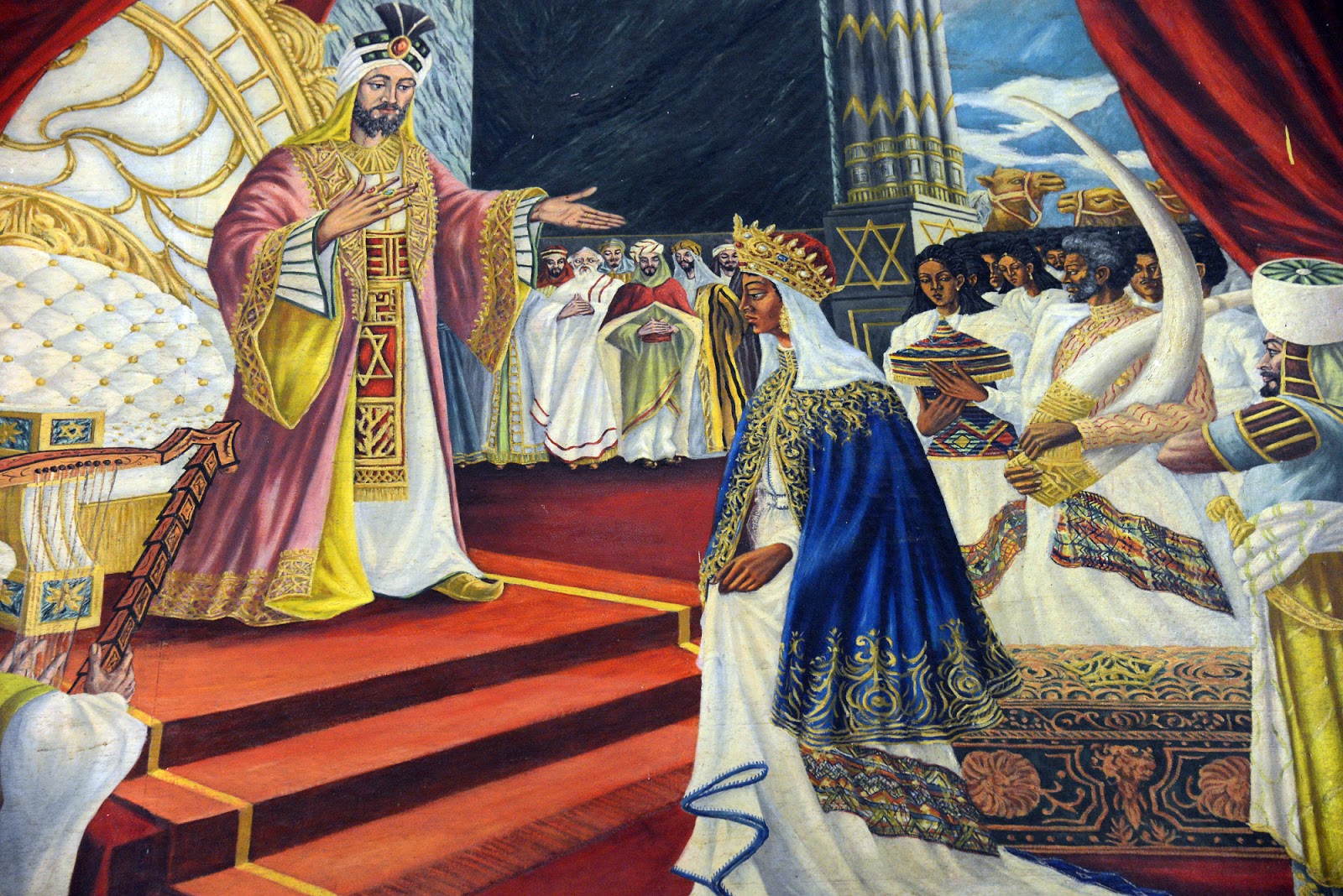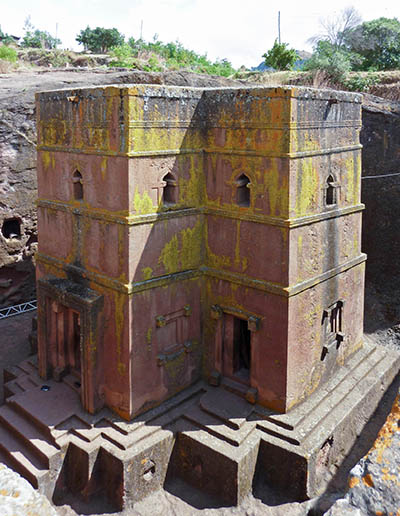Guest Post: Alternate Histories Part 2a: I Have No Idea What I’m Talking About
Here’s Part 2 (well, part “2a”) of Ben Knaak’s Alternate Histories project exploring how to model a materialist conception of history through video games. Be sure to follow along on his blog and YouTube Channel!

Shit I Don’t Know Entry #1: Where Are We?
Here I must confess as to the greatest difficulty I face with a project that deals extensively with Ethiopian history: if you held a gun to my head, I would not be able to give you a concise, coherent definition of what Ethiopia even is. The concept of the nation in general is a nebulous one that at even its most vivid doesn’t come close to approaching a science. National consciousness is therefore one which a historical materialist must regard with healthy skepticism, even when it accompanies a struggle for liberation against colonizers. It certainly isn’t a sufficiently robust concept to be the sole basis for the authority of a state.
You will note that I have elected not to take the coward’s way out by appealing to a dictionary definition of the word “nation.” There are two reasons for this: first, it’s a hacky, middle school essay-ass way to start off an article. Second, I can’t find a single definition of the word that cannot be disputed for some ideological reason or another. Most center around the existence of linguistic, religious, cultural, or other historical commonalities by peoples within a contiguous area, but bright-line requirements that separate nations from mere states are hard to come by. This is perhaps something I ought to have considered before I decided to make nationalism the second topic for this series, because Ethiopia’s history as a nation is a messy subject even by these standards.
There have, of course, been humans in Ethiopia for nearly as long as there have been humans, with the arrival of Homo sapiens proper dated to over 200,000 years ago. Most of the population of the Horn of Africa today descend from toolmaking cultures who lived around 12,000 years ago. These people likely spoke a proto-Afroasiatic language and indeed may have been the progenitors of that entire language family.
 The earliest known state to emerge was the Kingdom of D’mt around the 10th century BCE. The people of this kingdom spoke an early Ethio-Semitic language, and traded extensively with the Sabeans of the Southern Arabian peninsula. (They were almost certainly not descended from Sabean migrants themselves – Ethiopia was, in fact, one of the first places Semitic languages were spoken). This kingdom gave way to (or evolved into, or was incorporated into) the Kingdom of Axum, a prosperous superpower whose extent at its apex reached across the Red Sea into Yemen. Notably, it was among the first states to adopt Christianity as an official religion. Axum collapsed under mysterious circumstances in the 10th century CE, even as the heart of its territory remained predominantly Christian. This was succeeded by the Ethiopian Empire, ruled first by the Zagwe dynasty and then by the Solomonic dynasty – so named because it claimed descent from the first King of Axum, whom they claimed was the son of King Solomon by the Queen of Sheba.…
The earliest known state to emerge was the Kingdom of D’mt around the 10th century BCE. The people of this kingdom spoke an early Ethio-Semitic language, and traded extensively with the Sabeans of the Southern Arabian peninsula. (They were almost certainly not descended from Sabean migrants themselves – Ethiopia was, in fact, one of the first places Semitic languages were spoken). This kingdom gave way to (or evolved into, or was incorporated into) the Kingdom of Axum, a prosperous superpower whose extent at its apex reached across the Red Sea into Yemen. Notably, it was among the first states to adopt Christianity as an official religion. Axum collapsed under mysterious circumstances in the 10th century CE, even as the heart of its territory remained predominantly Christian. This was succeeded by the Ethiopian Empire, ruled first by the Zagwe dynasty and then by the Solomonic dynasty – so named because it claimed descent from the first King of Axum, whom they claimed was the son of King Solomon by the Queen of Sheba.…

 Dismembered Bits and Pieces of an Introduction;
Dismembered Bits and Pieces of an Introduction;  Yet another strand of Wrong With Authority launches. This time it’s Carter Before the Horse. It’s basically just Consider the Reagan but earlier.
Yet another strand of Wrong With Authority launches. This time it’s Carter Before the Horse. It’s basically just Consider the Reagan but earlier.